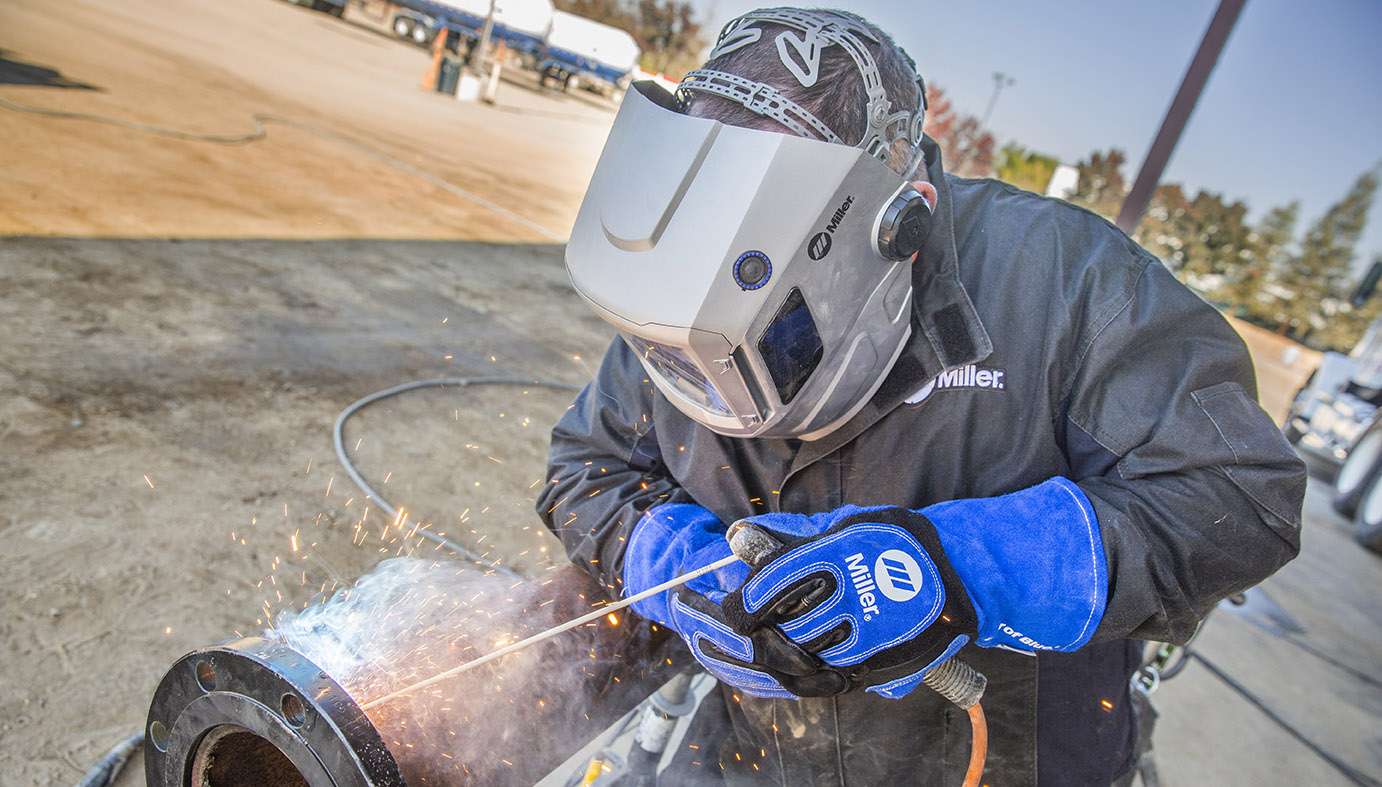Welding rod : What is the common welding rod size?
Welding, the art and science of joining metals, has been a cornerstone of manufacturing and construction for centuries. While there are various welding methods, one of the most widely used is stick welding, or Shielded Metal Arc Welding (SMAW). Central to the success of any welding project is the choice of welding rod, a crucial element that determines the quality and strength of the weld. In this comprehensive guide, we will delve into the world of welding rod sizes, shedding light on their variations, applications, and the factors influencing the choice of a particular size.

Understanding Welding Rod Sizes:
Welding rods, also known as welding electrodes, come in various sizes, each designated by a unique set of numbers and letters. These designations follow a standardized coding system that provides essential information about the rod’s characteristics. The most common welding rod size designation consists of four parts:
1. Electrode Diameter:
The first two digits in the welding rod size indicate its diameter. For instance, a welding rod labeled as “6010” has a diameter of 1/16 inch, while a “7018” rod has a diameter of 1/8 inch. It is important to note that larger diameter rods deposit more filler material per pass, making them suitable for heavier applications.

2. Welding Position:
The third digit in the code signifies the welding position for which the electrode is designed. Positions are denoted by numbers: 1 for all positions, 2 for flat and horizontal positions only, and 4 for overhead welding.
![]()
3. Coating Type:
The fourth part of the code indicates the type of coating on the electrode. Different coatings serve various purposes, such as stabilizing the arc, providing a shielding gas, and contributing to the mechanical properties of the weld. Common coating types include cellulose, rutile, and basic.

4. Tensile Strength:
Some electrodes include an additional letter that represents the tensile strength of the weld metal. For example, the letter “R” denotes a rod with a tensile strength of 60,000 psi.
Common Welding Rod Sizes and Their Applications:
1. 6010:
– *Diameter:* 1/8 inch
– *Welding Positions:* All positions
– *Coating:* Cellulose
– *Applications:* Ideal for root passes in pipeline welding due to its deep penetration and ability to maintain a stable arc in various positions.

2. 7018:
– *Diameter:* 1/8 inch
– *Welding Positions:* All positions
– *Coating:* Low hydrogen, iron powder
– *Applications:* Known for its high tensile strength and low hydrogen content, the 7018 electrode is widely used for structural welding and critical applications.

3. 6013:
– *Diameter:* 3/32 inch
– *Welding Positions:* All positions
– *Coating:* Rutile
– *Applications:* Versatile and easy to use, the 6013 electrode is suitable for light to medium fabrication work and is often chosen for general welding applications.

4. 7024:
– *Diameter:* 5/32 inch
– *Welding Positions:* Flat and horizontal
– *Coating:* Iron powder
– *Applications:* Due to its high deposition rate, the 7024 electrode is preferred for flat and horizontal welding of large structures such as bridges and heavy steel components.
Factors Influencing Welding Rod Size Selection:
1. Material Thickness:
– Thicker materials generally require larger diameter electrodes to provide sufficient filler material for a strong weld.
2. Joint Design:
– The type of joint, whether it’s a butt joint, fillet joint, or lap joint, influences the choice of welding rod size.
3. Welding Position:
– The welding position specified for the project (flat, horizontal, vertical, or overhead) determines the appropriate rod size.
4. Power Source and Amperage:
– The welding machine’s power source and the required amperage play a crucial role in selecting the right welding rod size for optimal performance.
5. Welding Technique:
– Different electrodes may require specific techniques, and the welding rod size should complement the welder’s preferred method.
Conclusion:
In the vast world of welding, understanding the common welding rod sizes is essential for achieving successful and durable welds. Each size has its unique characteristics, making it suitable for specific applications. By decoding the numerical and alphabetical designations, welders can confidently select the right welding rod size based on the project’s requirements. Whether it’s the deep penetration of a 6010 electrode or the high tensile strength of a 7018, the choice of welding rod size is a critical factor in the journey toward mastering the art of welding.
READ MORE: WHAT IS BUTTON HEAD SCREWS , AND PROPERTIES , APPLICATIONS
READ MORE: How to start a new startup business on Deepawali 2023




